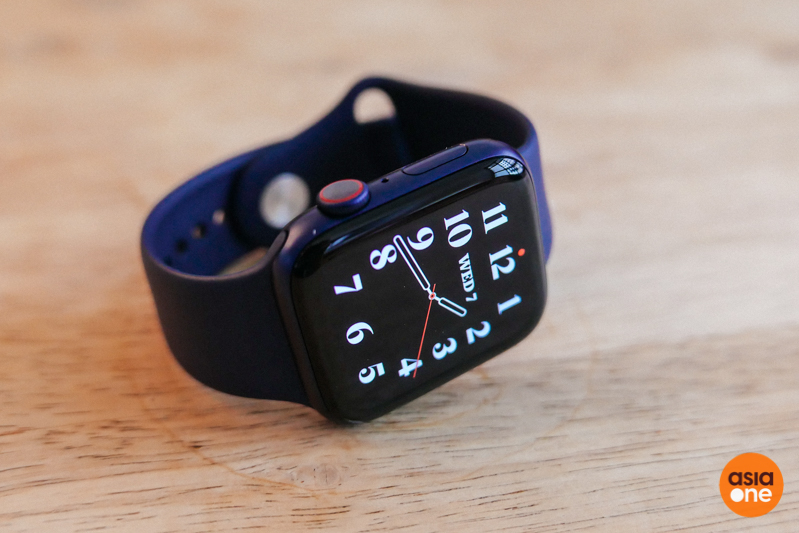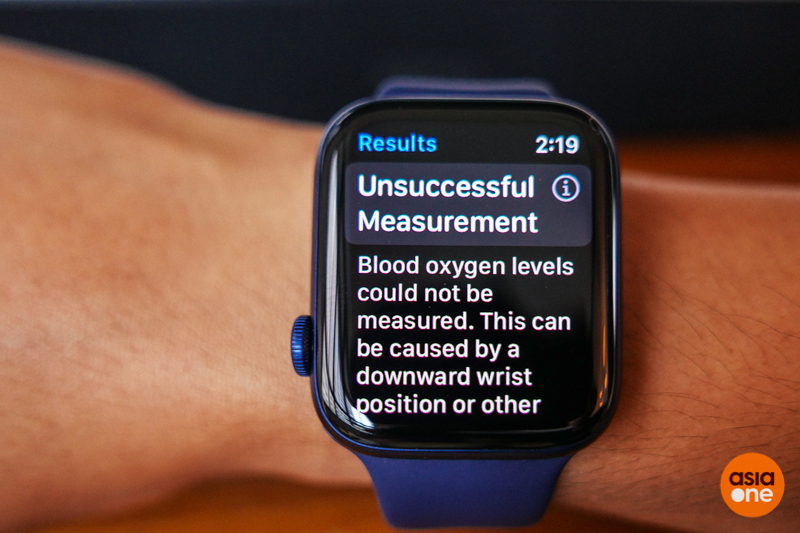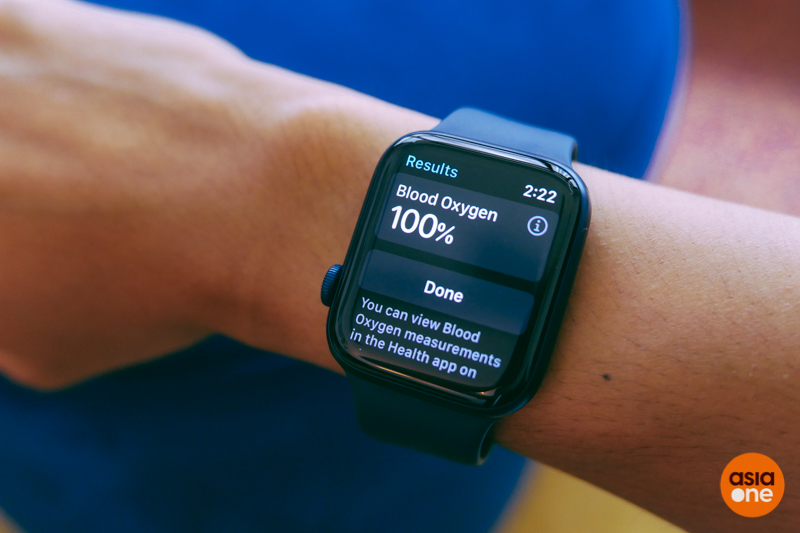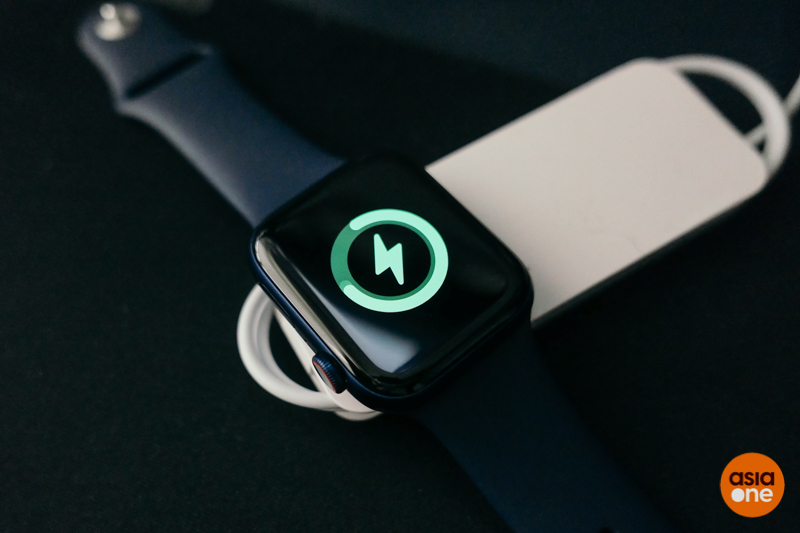The Series 6 is the best Apple Watch yet. Here's why I'm not recommending it


No doubt about it, 2020 is the year of health. The global pandemic has retuned our focus into personal wellness, and even while the country stayed cooped up at home during the circuit breaker period (heh, remember those days?), folks turned to exercise more than ever.
So it shouldn’t be surprising then that smartwatch makers enjoyed a growth in shipments during the onset of Covid-19, when the newly health-conscious started relying on wearables to monitor their health and fitness.
It’s no shocker, too, that Apple Watches held the biggest portion of the global market share according to a report released earlier this year because… they’re really good.
Overall, Apple’s take on smartwatches is the best fusion of convenience, accessibility, style, battery life, activity tracking, and a wealth of useful apps. More importantly, it just works seamlessly. Only with iPhones, that is.
So what does the new Apple Watch Series 6 (from $599) have in store for the year of health and fitness? Not that much, as it turns out.

Series 6’s headlining feature is its blood oxygen monitor, which, if you don’t know, monitors the level of oxygen in your blood.
How it works is through a new sensor fitted at the back of the watch — a cluster of LEDs that shine red and infrared light through the skin and onto the blood vessels in your wrist. The reflected light gets captured, with the colour of the blood indicating the oxygen level.
The brighter the red blood is, the more oxygen you have. Typical readings usually range from 95 to 100 per cent — anything under 90 is considered troubling news.

That all sounds cool, sure. But even Apple has trouble affirming that the blood oxygen readings off the Series 6 is considered medically accurate, nor does the company have confidence to say that it would be able to diagnose any medical conditions. The feature is just there for “general fitness and wellness purposes”, Apple says.
As I found out, the wrist isn’t really the optimal place for the watch to read oxygen saturation either. Half the time, the finicky monitor doesn’t work, mostly due to the fact that the watch back doesn’t fully rest on the wrist. For the Blood Oxygen app to work properly, the watch has to be shoved further back on the arm so that the sensor is flushed tight against the skin for a reading.

If you really do care that much about blood oxygen readings, you might be better off purchasing a dedicated pulse oximeter, which cost as little as $13 and offers much more accurate data. Those detect blood-oxygen levels off your fingertip, which is a way more reliable method of measurement.
So in times when I do get concerning blood oxygen readings on the Series 6, I won’t need to get alarmed anyway. Which effectively renders the new sensor… impotent.

Most children and adults don’t need to have their blood oxygen level constantly checked anyway — unless they’re pilots or high-altitude marathoners. Plus, the watch won’t even alert you if your blood oxygen levels hit below a healthy threshold. All I’m saying is that the all-new blood oxygen monitor shouldn’t be the main reason to buy the Series 6.

Small incremental improvements aside, the underrated highlight of the Series 6 is its new S6 chip within. It’s the chip that gives the watch a faster, snappier performance and the battery efficiency to last for a longer time than before, on top of a slightly brighter always-on display.

The big boost to battery life this time around should be a big deal. Unlike past Apple Watch versions — or any other smartwatches — I never had to worry about it running out of juice. Even on intensive days when the watch had to work extra hard to keep track of prolonged workout sessions, it never went anywhere below 25 per cent.
What that does is give users the confidence to actually wear the watch to bed for sleep tracking. Anticipated as it was for WatchOS 7, Apple’s native sleep tracker is a little underwhelming when it comes to offering detailed information. Personally, I’d have preferred the deeper monitoring seen in Fitbit’s sleep tracking, which rates the quality of my slumber and how long I'd spent in REM sleep.

But Apple probably doesn’t want to overload people with information, and that’s respectable considering the current climate. If you’re a data hound like me, I’d recommend using a third-party app called AutoSleep, which provides a zealously detailed rundown of your time asleep.
Even without a third-party app, the native silent alarm capability in WatchOS 7 is downright awesome. Having a watch tap you awake on the wrist feels a lot better than waking up to an annoying alarm, anyway.

Here’s a tip for after you wake up: toss the Apple Watch on your charger while you shower and make your morning coffee. The Series 6 charges relatively faster (20 per cent quicker) and should be fully juiced for the whole day after your morning routine. Switch off the always-on display and the Series 6 should be able to last up to two days on its own.
As much as the Series 6 remains the best smartwatch for iPhone users, I can’t wholeheartedly recommend folks to get one.
Don’t get me wrong — the latest and greatest Apple Watch is undoubtedly a great purchase for those with the means to spend. For the rest of us wanting an upgrade from older models or jump into the Apple Watch ecosystem?

Yeah, we’re better off with three lower-cost options. A refurbished Series 5 is good enough if you want that always-on display and an Apple Watch SE (from $419) is great if you don’t. For an even better deal, the affordable Series 3 from 2017 is still perfectly decent at $299 onwards. You won’t get the pretty colour variations exclusive to the Series 6, but that’s fine.
Ironically, because Apple Watches across the generations work so well in providing the same core functionality of telling the time, pinging notifications, and tracking activities, you don’t actually need a top-of-the-line Series 6 and its new (supposedly) standout feature. But if you do get one, that’s great too! You’ll be happy with it for years to come, even after this whole pandemic thing blows over.
ilyas@asiaone.com